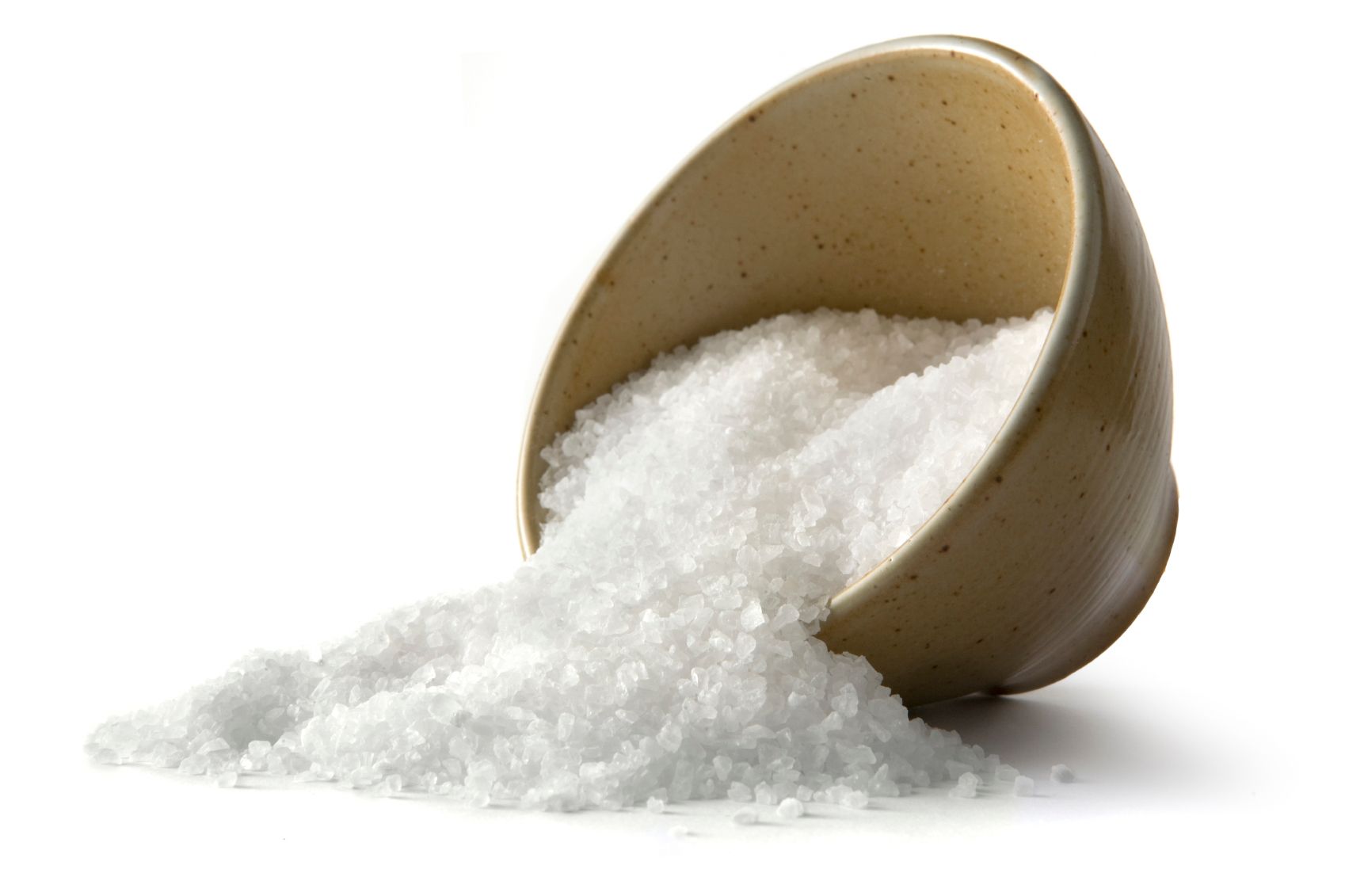FDA Issues Draft Guidance for Sodium Reduction
FDA’s new draft guidance seeks to reduce daily sodium intake to 2300 mg per person over the course of 10 years.
Photo © iStockphoto.com/Floortje

FDA issued new draft guidance last week aimed at setting voluntary sodium-reduction targets for processed and commercially prepared foods. The draft guidance, made public on June 1, includes two-year and 10-year goals for a reduced daily sodium intake, with FDA proposing targets for nearly 150 categories of food products.
Citing research that finds an association between increases in sodium intake and increases in blood pressure, FDA wants to reduce Americans’ sodium intake to 2300 mg/day over the course of ten years. That’s down from the current average sodium intake in the United States of approximately 3400 mg/day, according to FDA, with the majority of that sodium coming from processed and prepared foods. And in the short term, the draft guidance aims to bring sodium intake down to 3000 mg/day over the course of two years.
“The totality of the scientific evidence supports sodium reduction from current intake levels,” said Susan Mayne, PhD, director of FDA’s Center for Food Safety and Applied Nutrition, in an announcement. “Experts at the Institute of Medicine have concluded that reducing sodium intake to 2300 mg per day can significantly help Americans reduce their blood pressure and ultimately prevent hundreds of thousands of premature illnesses and deaths.”
Is Sodium Really Evil?
Nonetheless, there remains some disagreement in the scientific community about whether or not reducing sodium intake is actually beneficial to overall health. For instance, a 2011 study1 published in TheJournal of the American Medical Association found that lower sodium levels were actually associated with a higher risk of mortality associated with cardiovascular disease.
Pointing to this and other studies suggesting low-sodium diets may be linked to insulin resistance, cardiovascular events, and other health problems, the Salt Institute (Naples, FL), an industry trade association, slammed the new FDA draft guidance as “tantamount to malpractice.”
“This effort will limit the food choices of Americans, not increase them as the FDA claims,” said the Salt Institute, in an announcement challenging the new guidelines. “It will make our food less safe and endanger public health.”
Industry Working on Reduction Already
Despite the scientific controversy, several major food and beverage companies-including Mars and Nestlé-have already committed to reducing sodium in their products. And in contrast with the Salt Institute, the Grocery Manufacturers Association (GMA; Washington, DC) issued a relatively measured response to FDA’s draft guidance that notes how much the food industry has already reduced overall sodium content in recent years.
“Like others inside and outside of government, we believe additional work is needed to determine the acceptable range of sodium intake for optimal health,” said Leon Bruner, chief science officer, GMA. “This evaluation should include research that indicates health risks for people who consume too much sodium as well as health risks from consuming too little sodium.”
Additionally, several consumer groups applauded FDA’s guidelines, including the Center for Science in the Public Interest (CSPI; Washington, DC), which has repeatedly called for FDA to revoke salt’s status as Generally Recognized as Safe (GRAS). CSPI filed a lawsuit against FDA last October that followed up on a 2005 petition requesting the agency issue mandatory standards for salt reduction.
“We hope that industry will work cooperatively with the FDA and health experts to achieve the proposed reductions, which would benefit the health of all Americans,” said Michael Jacobson, president of CSPI. “While this is a voluntary approach as opposed to the mandatory approach we asked for and that the Institute of Medicine endorsed, it provides clear goals by which companies can be held accountable. And, it helps level the playing field for those companies that are already trying to use less salt in their foods.”
FDA is welcoming comments on the two-year goals in the draft guidance until August 31. For the 10-year goals, the public has until October 31 to submit comments.
Read more:
What Does FDA’s KIND Decision Mean for the Future of “Healthy”?
New Nutrition Facts Panel Includes Added Sugars, Updated Serving Sizes
FDA’s Latest CBD Warning Letters Cite Health Claims, Drug Applications
Michael Crane
Associate Editor
Nutritional Outlook Magazine
michael.crane@ubm.com
References:
1. Stolarz-Skrzypek K et al., “Fatal and nonfatal outcomes, incidence of hypertension, and blood pressure changes in relation to urinary sodium excretion,” The Journal of the American Medical Association, vol. 305, no. 17 (May 2011): 1777–1785
Prinova acquires Aplinova to further increase its footprint in Latin America
April 7th 2025Prinova has recently announced the acquisition of Brazilian ingredients distributor Aplinova, which is a provider of specialty ingredients for a range of market segments that include food, beverage, supplements, and personal care.











